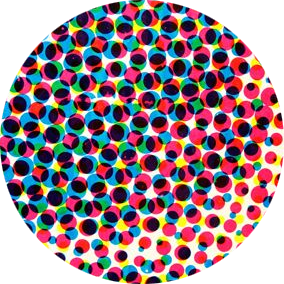Cyborg and Intersectionality

At a time when Black superheroes were rare, and disabled superheroes rarer, Victor Stone, aka Cyborg, presented as both (and transhuman to boot) – a hero with a rare capacity to produce intersectional commentary on three forms of Otherness. #TeenTitans 1/11




This observation is perhaps fair for the surface of the story, but Vic’s creators were Jewish and Latino, respectively, and it is hard not to read some commentary on Otherness within a lot of the narrative conceits surrounding Vic. 5/11

Victor can be seen as loosely analogous of Ben Grimm from the Fantastic Four – a hero at odds with the loss of humanity they perceive in the circumstances that produced their capacity for heroism. Vic’s portrayal is different, however, in a few key facets. 6/11

Victor’s Cyborg enhancements are specifically acquired through a deeply traumatic accident that left him a multiple amputee whose existence is dependent upon the integration (and acceptance) of external technology into his being and sense of being. 7/11

His struggle with this is quite familiar to people suffering from disabilities, particularly the symptoms that he develops: anger, depression, and a difficulty reconciling with a new status quo both personally and socially. 8/11

When we read this intersectionally, the idea of a Black man feeling at odds with society and struggling with self-acceptance/integration offers compelling parallels to Ralph Ellison’s “The Invisible Man” which portrays a similar struggle in a racialized sense. 9/11

This overlap of difference becomes dramatically manifest in scenes of Victor walking amidst society with his collar or hood up, lurking in shadows for fear of being visually determined by his cybernetics. Haunted by panopticism, he lives an invisible life. 10/11

Vic’s various forms of Otherness don’t always intersect as gracefully as they could do. But whether intentional or not, Wolfman and Pérez created a character with tremendous intersectional potential, a foundation later creators would build on, to varying results. 11/11
